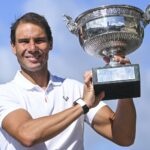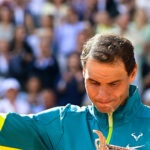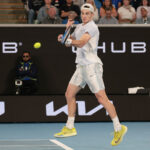What we know – and don’t know – about Rafael Nadal’s permanent pain, its “extreme” treatment and his future in tennis
Rafael Nadal has revealed that he played the 2022 French Open under local anaesthetic and will not do so again. He will try everything to remain competitive, including burning two nerves in his left foot next week – with no guarantees of success
 Rafael Nadal foot, Roland-Garros 2022 © JB Autissier / Panoramic
Rafael Nadal foot, Roland-Garros 2022 © JB Autissier / Panoramic
It was at the end of the press conference: a journalist asked Rafael Nadal how he got back into his final when he was down 3-1 to Casper Ruud in the second set.
“Thank you! A question about tennis,” smiled the de facto owner of the Philippe-Chatrier court.
Until now, the international press had been asking the 14-time French Open winner about the issue that troubles all his fans: namely, his chronic left foot injury (Muller-Weiss syndrome), the “extreme” treatment he had given himself to overcome it in Paris (local anaesthetics in every match) and what he would now try to do to remain competitive at the top level.
The 36-year-old Spaniard, winner of the first two Grand Slam tournaments of the year, assured the Spanish media that he had been “100% crystal clear” in his statements. This is, to the letter, obviously not entirely accurate – he did not want to answer a question about the number of injections he had received – but by this he meant that his future in tennis was still unclear to him.

What we know
1. Nadal played under anaesthetic, ‘like at the dentist’, and it was a risk he will not take again
Nadal himself said that he played the French Open “in extreme conditions”. He first used wise words on television (describing it as a “sleeping foot”) before going straight to the point: he played this Roland-Garros with local anaesthetics, “like at the dentist’s, when you can’t feel your tooth”. He therefore went beyond the traditional interventions of cortisone injections, which are often considered to be the best painkillers available to top-level athletes having to compete with average injuries.
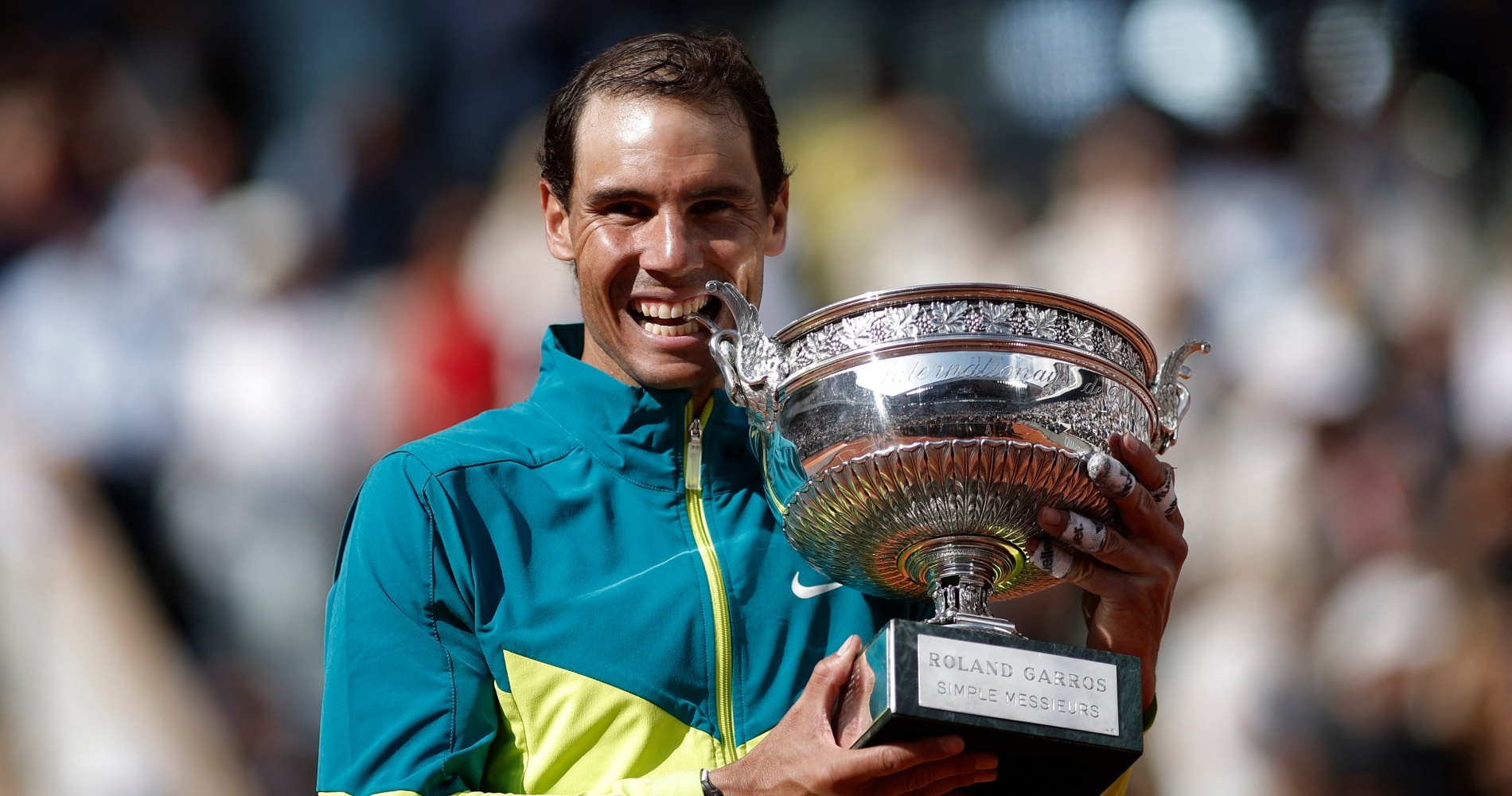
“I’ve only been able to play because of these injections that take away all the feeling in my foot,” he said. The reason Nadal has said several times that he “couldn’t go on like this” is because this is not a long-term solution. “It was a one-shot deal that gave me incredible emotions.”
A life decision, to be taken by me myself
Rafael Nadal
2. Nadal’s decision was a real risk
The scene of Alexander Zverev writhing in pain after a bad injury to his right ankle is one of the images that will remain from this French Open. Rafael Nadal has played the entire fortnight knowing that this could happen to him.
“It’s a big risk in terms of less feelings, a little bit bigger risk of turning your ankle…” Nadal said. “Roland-Garros being Roland-Garros, everybody knows how much means to me this tournament, so I wanted to keep trying and to give it a shot. And I can’t be happier and I can’t thank enough my doctor for all the things he did during all my tennis career, helping me in every tough moment. But it’s obvious that I can’t keep competing with the foot asleep.”
Nadal reiterated, however, that the anaesthetic treatment (several injections per match coupled with anti-inflammatories), as such, had no potential to aggravate the initial ailment; it seems that it is the lack of feeling in his foot that would be the issue, as he would not be able to feel a hyperextension, for example.
In keeping with the rest of his words, he said that there is “no heroism” in playing the way he did.”I played in good conditions, the problem is everything you have to take on mentally before to just play a tennis match.”The assumption of a operation with no guarantee of success would be “a life decision, to be taken by me myself” he said. “I don’t know, I don’t have anything to weigh the terms of that decision yet.”
3. Nadal wants to continue and has a two-part plan that includes a new treatment this week
Nadal’s last sentences after his quarter-final against Djokovic whipped up the idea that the Spaniard – who has already come close to calling it quits in 2020 – would give up tennis in the coming days. But the Spaniard, addicted to high-level competition, will continue as long as his body does not stop him.
“As I often say, if I continue, it’s not to break lots of records, it’s because I love tennis, I love what I do, I love competition and I want to give myself every chance to be competitive and live moments that will be remembered forever.
To give himself a few more seasons, Nadal said he has a two-part plan. First, he will try a new localised treatment on two nerves in his foot that will give a lasting numbing sensation without the need for injections. If this local treatment does not work, an operation, about which no details have been given, will be considered again.
If I am still able to be happy playing tennis with the things that I have, I’m going to keep going. If I am not able, I’m going to do another thing
Rafael Nadal
“I don’t know how to say in English exactly the treatment, but gonna be a radio frequency injection on the nerve and trying to burn a little bit the nerve and create the impact that I have now on the nerve for a long period of time. If that works, I’m going to keep going. If that does not work, then it’s going to be another story. And then I’ve got to answer to myself, I’ve got to ask to myself about if I am ready to do a major thing without being sure that the things are going the proper way, for example, a major surgery that doesn’t guarantee me to be able to be competitive again and it’s going to take a long time to be back. So let’s do step by step, as I did all my tennis career.”
Nadal made it clear that the “burning” of these two nerves was not a risk in the long run but that surgery would be a much more uncertain choice in terms of consequences.
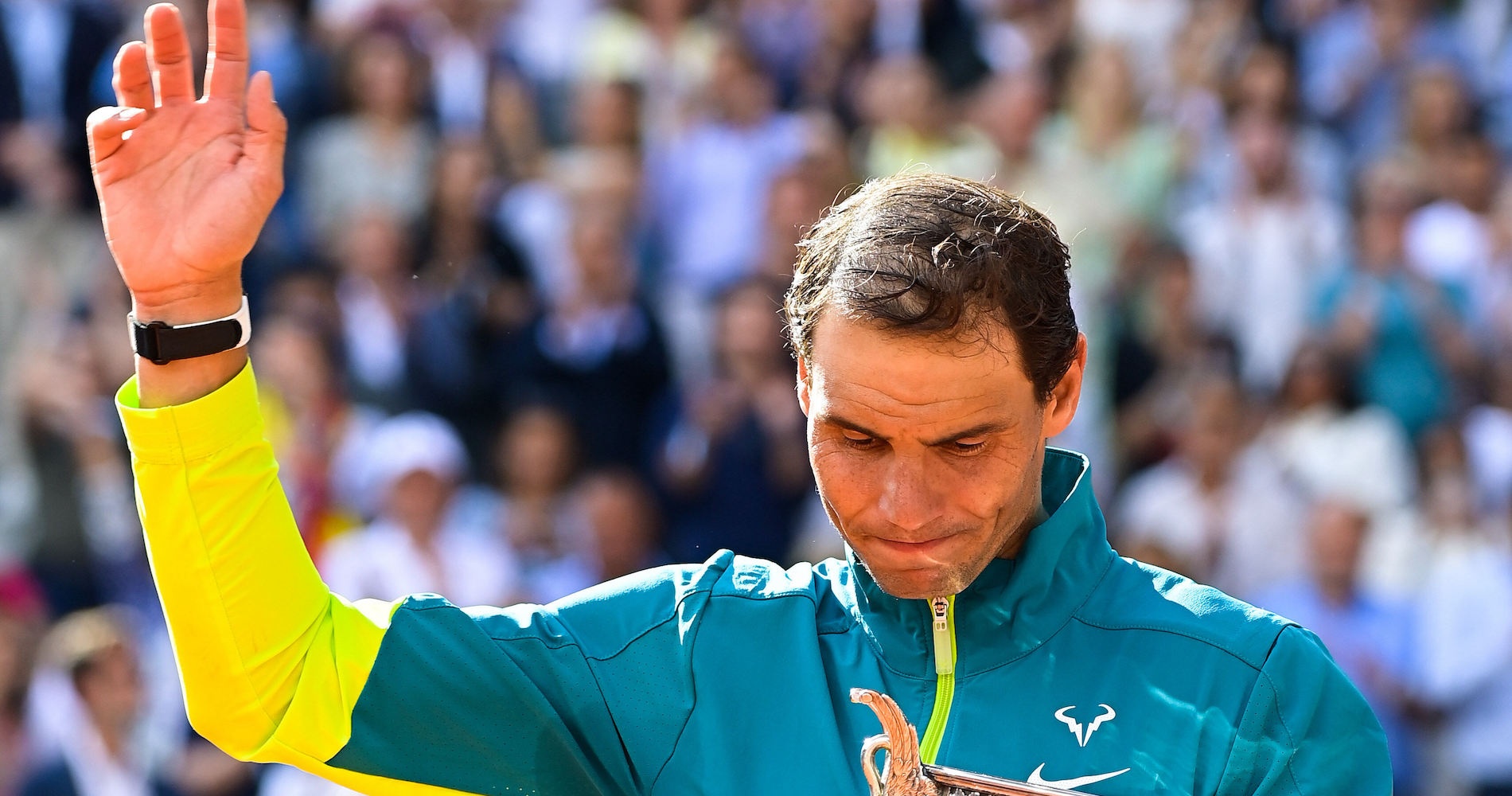
What we don’t know
1. What the chances of success of these treatments are
Nadal, as he has become accustomed to doing since his major injury and surgery in the fall of 2021, knows that his career depends on the success of his treatments. If he manages to avoid recurrent injections, he will play Wimbledon. If not, he will face that more solemn choice. If he doesn’t choose surgery and his “radio frequency” treatment doesn’t work, it’s clear that Nadal will stop playing tennis: “If I am still able to be happy playing tennis with the things that I have, I’m going to keep going. If I am not able, I’m going to do another thing.”
2. Nadal’s self-imposed limits
Rafael Nadal’s self-inflicted routine during the French Open is probably only sustainable for a tiny fraction of us. The Spaniard said he could hardly walk after his second-round match against Corentin Moutet, and as such the brutality of his remedies appears dizzying.
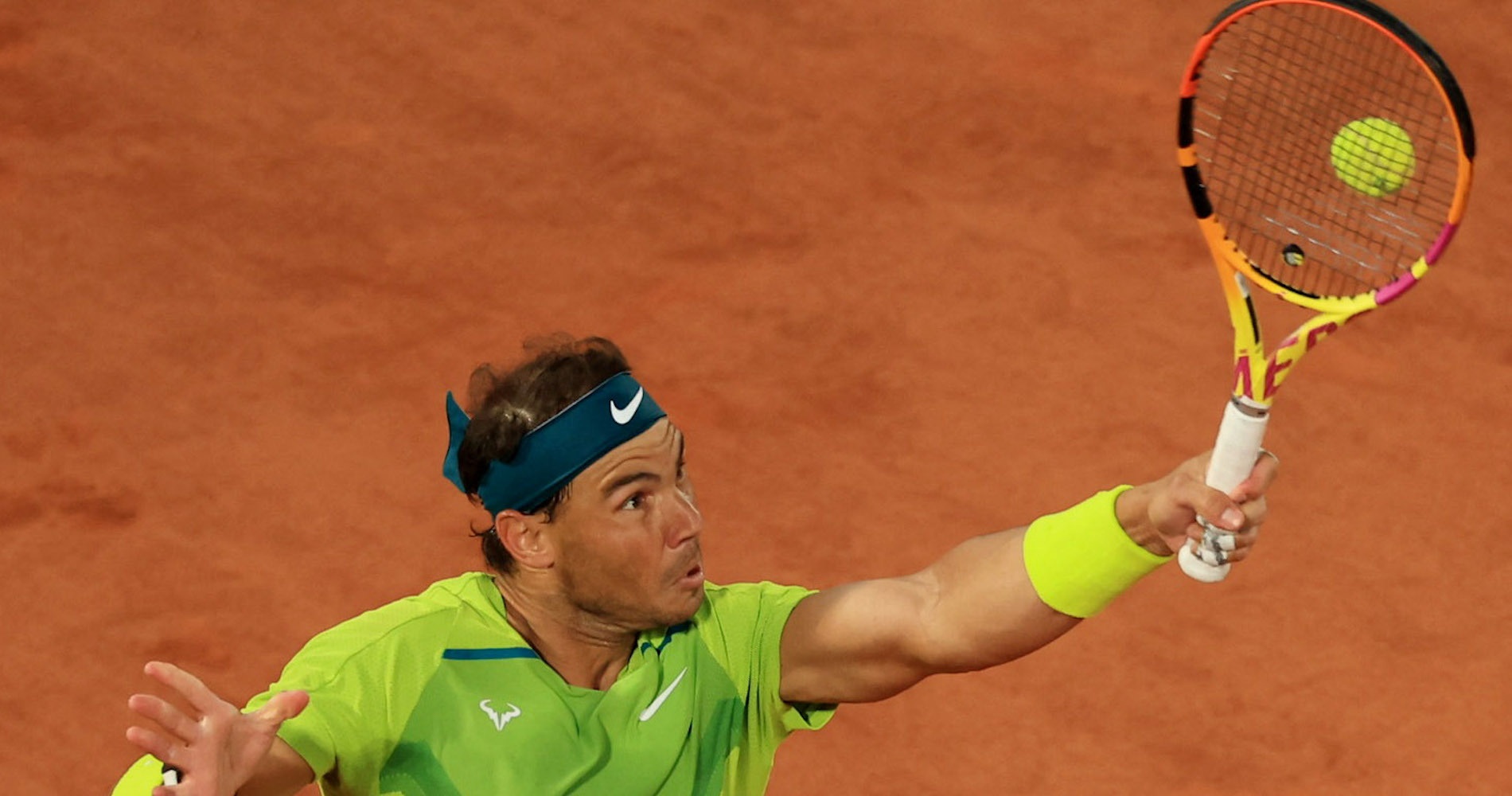
The champion said after his semi-final against Zverev that his future health was more important than tennis trophies, but that was not necessarily the impression he gave on Sunday. In particular, he didn’t give a straight answer to a question about the limits he sets for his general health and his everyday life.
“It is not a risk that I want to keep taking, to keep going in my future,” he repeated before generalising, “Of course my tennis career have been a priority during all my life but never have been a priority over my happiness of my life. So things are going to keep going that way.”

Later, he said in Spanish, “If you spend your time thinking about the risks, you never play. There are decisions to be made, you take them or not, then you cherish them (“hug” / “apechugar”) and you assume them, which I have always done.
“In 2016, here I played with an anaesthetised wrist, and the wrist didn’t hold. I had to withdraw. Did I regret it? No. Decision made, decision taken. We knew that the wrist was very bad, I put pressure on my medical team to play. They did not agree. But it was my personal decision after all, I assumed the risk. I thought it was a risk to take. In the long term, it was acceptable. I’m not one to make assumptions. I take things as they come, I gauge each situation and I trust the future, which has led me to experience things I never expected.”
3. Whether he will play Wimbledon, and other tournaments afterwards
So far in Nadal’s career, every period of doubt or forced inactivity has been followed by a comeback and big wins. For example, he has never been outside the top ten since he entered it, something neither Federer nor Djokovic have managed to avoid when there were injured.
In this respect too, Nadal is driven by the hope of playing and winning Wimbledon in five weeks’ time, although he responded with a hilarious “no, no, no” when a France Television journalist suggested he think about the calendar Grand Slam.
“I’m going to be in Wimbledon if my body is ready to be in Wimbledon. That’s it. Wimbledon is not a tournament that I want to miss. I think nobody want to miss Wimbledon. I love Wimbledon. I had a lot of success there. I am always ready to play Wimbledon. So if you ask me if I will be in Wimbledon, I can’t give you a clear answer. If I want to win Wimbledon, of course. Let’s see how the treatment works.”
Nadal said he was ready to play in London “on anti-inflammatories”, but not under anaesthetic. It is unclear how much risk he is willing to take, as he says the consequence of this week’s radio frequency treatment will be multiple injections of anaesthetics. But everyone will have realised that this would not have got him anywhere at Roland-Garros.
“I’ve always been a positive guy and I always expect things will go the right way,” he said.
However, if that unfortunately isn’t the case, no one has any clue what the “other stuff” is that Nadal hinted he would do in his life. That’s something else that still remains to be seen.

